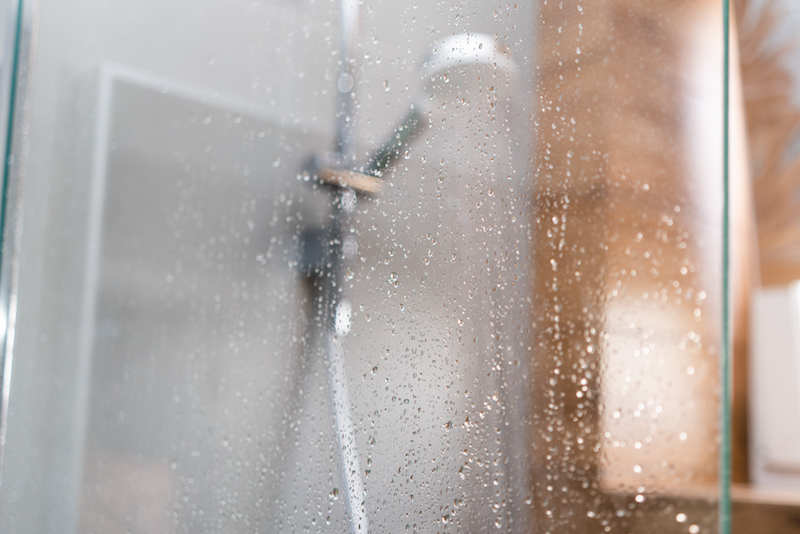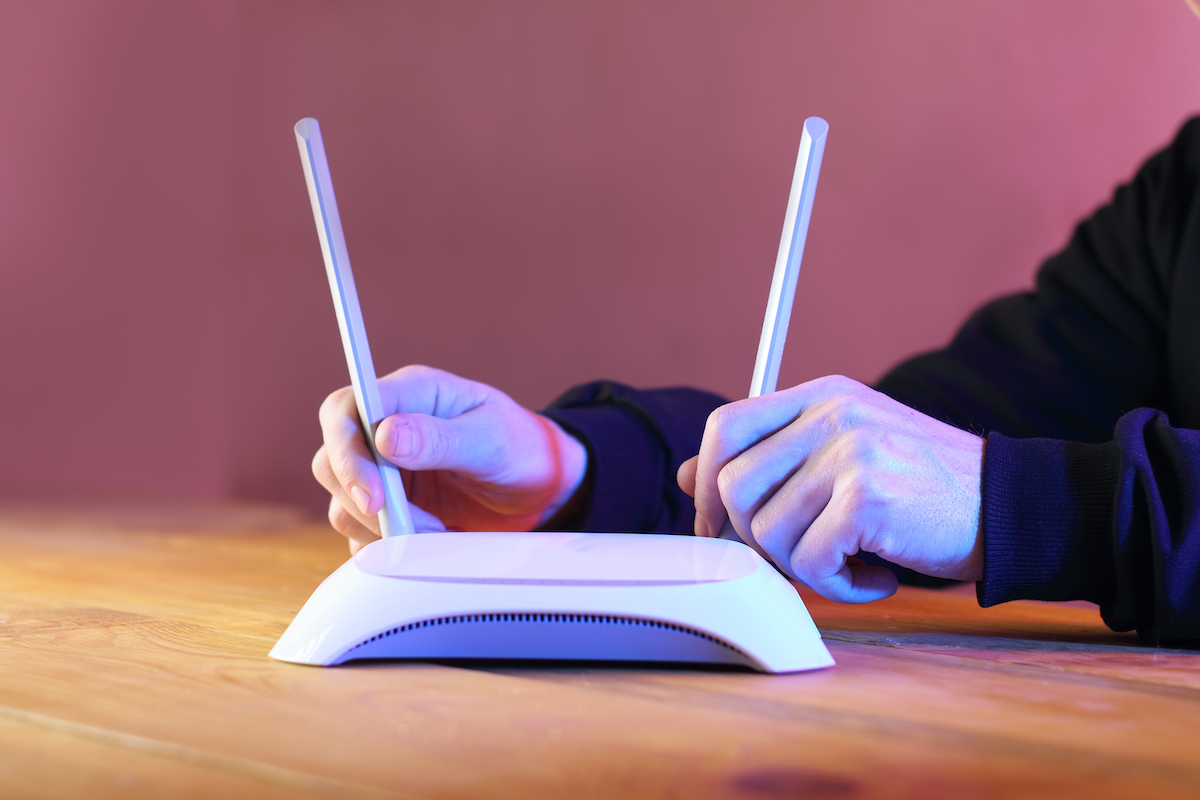Ever wondered what “utilities included” in rent actually means in a lease agreement? It’s a common question for renters, especially when searching for a new apartment.
It’s common for landlords to include basic utility charges—for essential services like water, sewage, and trash removal—in the rent price, while other utilities such as electricity and internet are typically the responsibility of the tenant.
Let’s break down the essentials, so you know exactly what to expect when searching for your next rental property.
- “Utilities included” means some or all utility bills are covered by your rent.
- Commonly included utilities are water, sewage, trash removal, and sometimes heating.
- Always check your lease agreement for specifics on included utilities.
- Utilities included can make rent higher but simplify your monthly payments.
What utilities are most commonly included in rent?
The most common utilities that are included in rent are:
- Water
- Sewage
- Trash removal
- Heating (gas or electric)
- Hot water
These are considered basic utilities and are often included in lease agreements for both apartments and single-family rental homes.
Here are some additional utilities that you may need to set up and pay for separately (aka not included in rent):
- Electricity
- Gas
- Air conditioning
- Internet
- Cable TV
Check the terms of your lease agreement closely to understand which utilities are and aren’t included in your rent.
For utilities that aren’t included in your rent, you’ll be responsible for setting them up with utility companies, and paying for the cost of utilities in addition to your rent. Check out our complete guide on how to set up utilities at your next rental before you move in.
What is a utilities-included apartment?

“Utilities included” in rent is when bills for specified utility services are covered by your monthly rent payment. This means you don’t have to research and contact various utility providers, schedule installations, or manage multiple monthly payments for some or all of your utility services.
Picture this: You sign a lease agreement for an apartment that includes all utilities. You simply pay your rent, and this single payment covers everything—from your water usage to your wi-fi connection.
While this setup can help simplify things, it’s not always the right choice for everyone. It’s good to weigh the pros and cons of a utilities-included apartment, let’s dive in.
Pros of having utilities included in rent
- Simplified budgeting: You pay a single rent payment, avoiding multiple bills.
- No fluctuations: Utility costs are consistent, protecting you from seasonal spikes.
- Convenience: Handling one bill—and not having to deal with contacting service providers or installation days—is easier and less time-consuming.
- Prevents roommate conflicts: Fewer shared costs that you divide between roommates means less chasing roommates for their share, and no stress about how much everyone is consuming (aka not keeping tabs on how long of showers your roommate takes).
Cons of having utilities included in rent
- Higher rent: Your monthly rent payment may be higher to cover utility costs.
- Less mindful: You might have less incentive to conserve resources—like energy and water—since you don’t directly pay the bills.
- Hidden costs: Some landlords might set usage caps, leading to extra charges if you exceed them.
- Less flexibility: You might end up paying more for utilities you don’t use frequently than if you were paying separately, making it less cost-effective for those who conserve energy or are away often.
- Less choice: You won’t have control over the service providers and plans you have, which means you could be missing out on the quality or prices for services you’re looking for.
How can I find out which utilities are included in my rent?
Carefully read your lease agreement. The lease should list all utilities covered by your rent payment, and which ones you’ll need to set up yourself—and might even outline service providers that you’re recommended or required to use.
If it’s unclear, ask your landlord or property management company directly to avoid unexpected bills or penalties.
Before we go…
Apartment hunting and setting up utilities can be a headache, but safeguarding your stuff with renters insurance by Lemonade is a breeze.
Lemonade Renters has your back when back luck strikes—like if someone swipes your bike, or if your stuff goes up in flames. Click below to start your free quote.
FAQs
What should I do if my utilities are not included in the rent?
If utilities aren’t included, you’ll need to set up accounts with local utility providers and budget for these additional monthly costs.
Can my landlord increase my rent if utility prices go up?
Yes, your landlord can increase rent if the lease agreement allows for it. However, they must follow local regulations and give proper notice.
Is it cheaper to rent a place without utilities included?
It depends. Places without utilities included may have lower rent, but you’ll have separate utility bills which can fluctuate. Compare total costs when making a decision.
What happens if I exceed the utility usage cap in a "utilities included" rental?
You may be billed for the excess usage. Always check your lease for any caps on utility usage to avoid extra charges.
A few quick words, because we <3 our lawyers: This post is general in nature, and any statement in it doesn’t alter the terms, conditions, exclusions, or limitations of policies issued by Lemonade, which differ according to your state of residence. You’re encouraged to discuss your specific circumstances with your own professional advisors. The purpose of this post is merely to provide you with info and insights you can use to make such discussions more productive! Naturally, all comments by, or references to, third parties represent their own views, and Lemonade assumes no responsibility for them. Coverage and discounts may not be available in all states.




